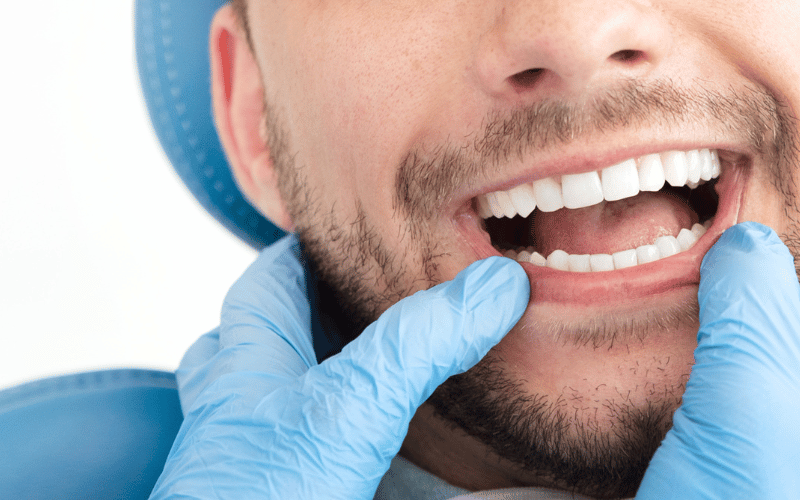4. Recognizing the Symptoms and Diagnosis

Identifying hyperdontia can be tricky, as symptoms vary widely. In some cases, individuals may not experience any discomfort, and the condition is discovered during a routine dental examination. In other cases, symptoms such as pain, swelling, and delayed eruption of adjacent teeth may occur, prompting individuals to seek dental care.
The diagnosis of hyperdontia is typically made through a combination of clinical examination and radiographic imaging. Dental professionals rely on X-rays to get a clear view of the teeth and surrounding structures, allowing for accurate identification of supernumerary teeth. This imaging plays a crucial role in determining the location, size, and type of supernumerary teeth, all of which are important factors in treatment planning.
In addition to physical symptoms, hyperdontia can also have an impact on an individual’s psychological well-being. Particularly in cases where the supernumerary teeth are visible, individuals may experience feelings of self-consciousness or embarrassment. Addressing these psychological aspects is an important component of comprehensive care.
For those diagnosed with hyperdontia, understanding the symptoms and diagnosis process is the first step toward effective management. With the right care, individuals can navigate the challenges of this condition and maintain optimal oral health. The journey may be complex, but with the support of skilled dental professionals, a path to a healthy smile is possible. (4)